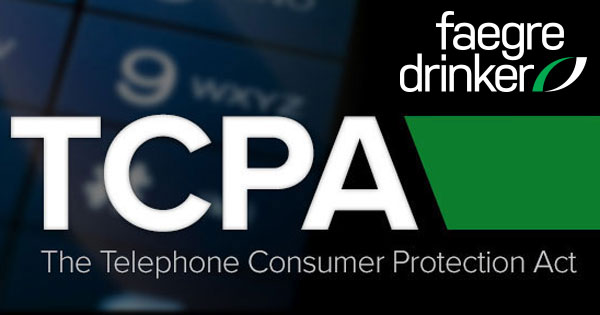In TCPA Blog’s latest column for Law360, Michael Daly, Justin Kay and Victoria Andrews addressed the issue of an alleged injury’s traceability to an alleged TCPA violation, which was recently highlighted in Romero v. Dep’t Stores Nat’l Bank and Ewing v. SQM US Inc. The United States District Court of the Southern District of California dismissed both cases based on a lack of constitutional standing because the alleged injuries could not be specifically traced back to the use of an Automatic Telephone Dialing System (“ATDS”). The decisions explained that, if the alleged injury would have been the same had the calls been dialed manually, then it could not be traced to use of an ATDS:
The court reasoned that “Mr. Ewing would have been no better off had Defendants dialed his number manually” since “[h]e would have had to expend the same amount of time answering and addressing Defendants’ manually dialed telephone call and would have incurred the same amount of battery depletion,” and cited McNamara v. City of Chicago, 138 F.3d 1219, 1221 (7th Cir. 1998) for the proposition that “‘[a] plaintiff who would have been no better off had the defendant refrained from the unlawful acts of which the plaintiff is complaining does not have standing under Article III of the Constitution to challenge those acts in a suit in federal court.’” Id. at 5:4-12. Because the plaintiff “did not suffer an injury in fact traceable to Defendants’ violation of the TCPA,” he lacked “standing to make a claim for the TCPA violation here.” Id. at 4:14-16.
The column examines the Romero and Ewing decisions and explores whether other courts will accept this defense in future TCPA cases.
Read “Reconsidering ‘Traceability’ Element of TCPA Standing.”

